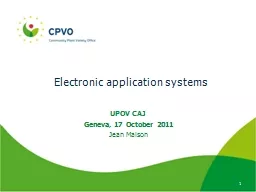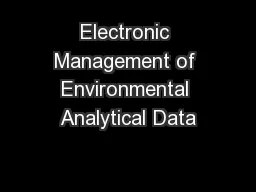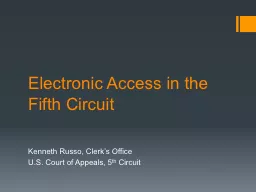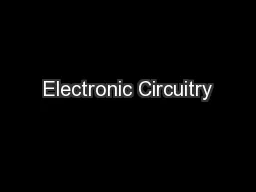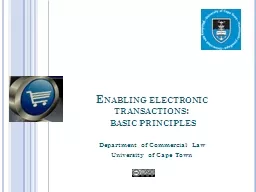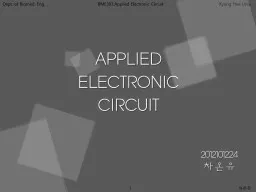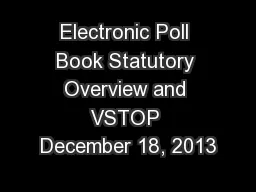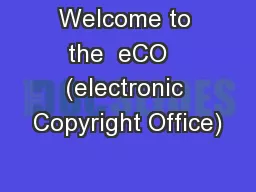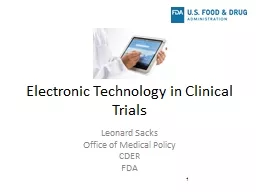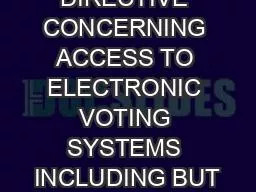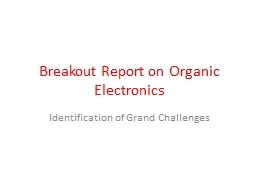PPT-Electronic application systems
Author : sherrill-nordquist | Published Date : 2016-08-07
UPOV CAJ Geneva 17 October 2011 Jean Maison 1 2 Introduction How to access The application form and the technical questionnaire Statistics about the use of the system
Presentation Embed Code
Download Presentation
Download Presentation The PPT/PDF document "Electronic application systems" is the property of its rightful owner. Permission is granted to download and print the materials on this website for personal, non-commercial use only, and to display it on your personal computer provided you do not modify the materials and that you retain all copyright notices contained in the materials. By downloading content from our website, you accept the terms of this agreement.
Electronic application systems: Transcript
Download Rules Of Document
"Electronic application systems"The content belongs to its owner. You may download and print it for personal use, without modification, and keep all copyright notices. By downloading, you agree to these terms.
Related Documents

